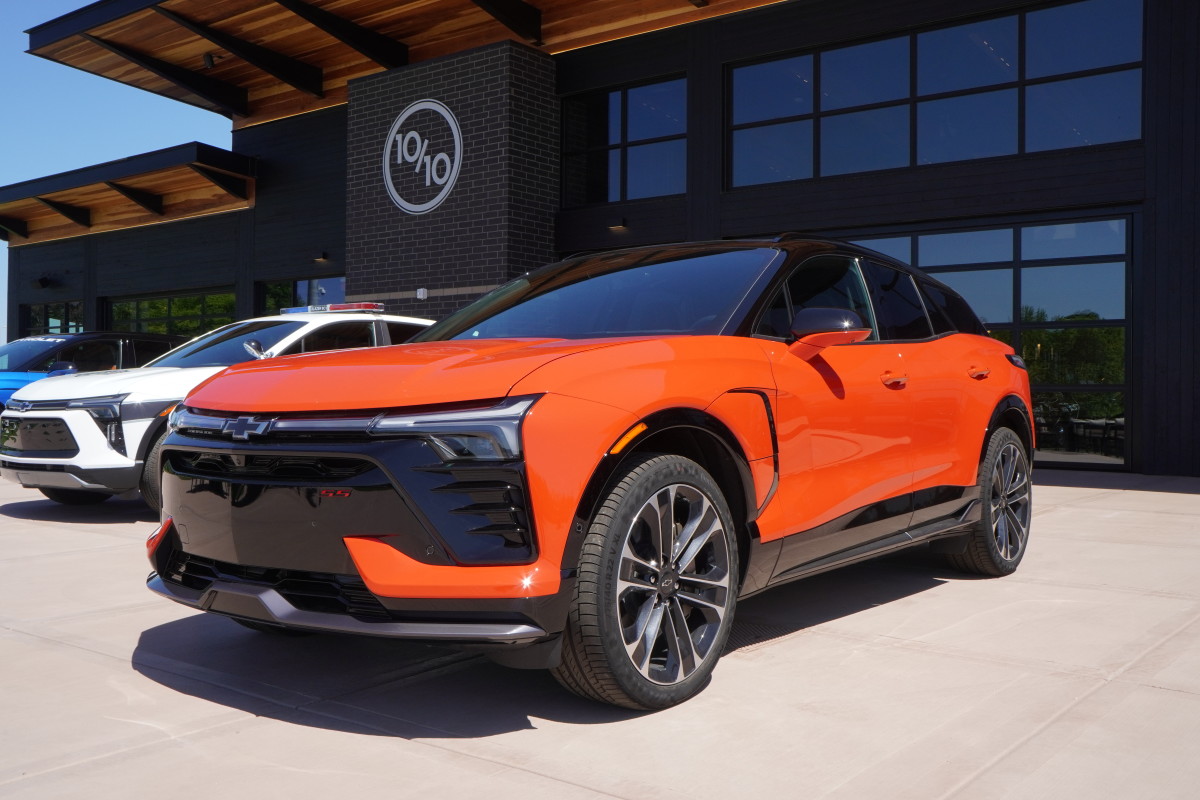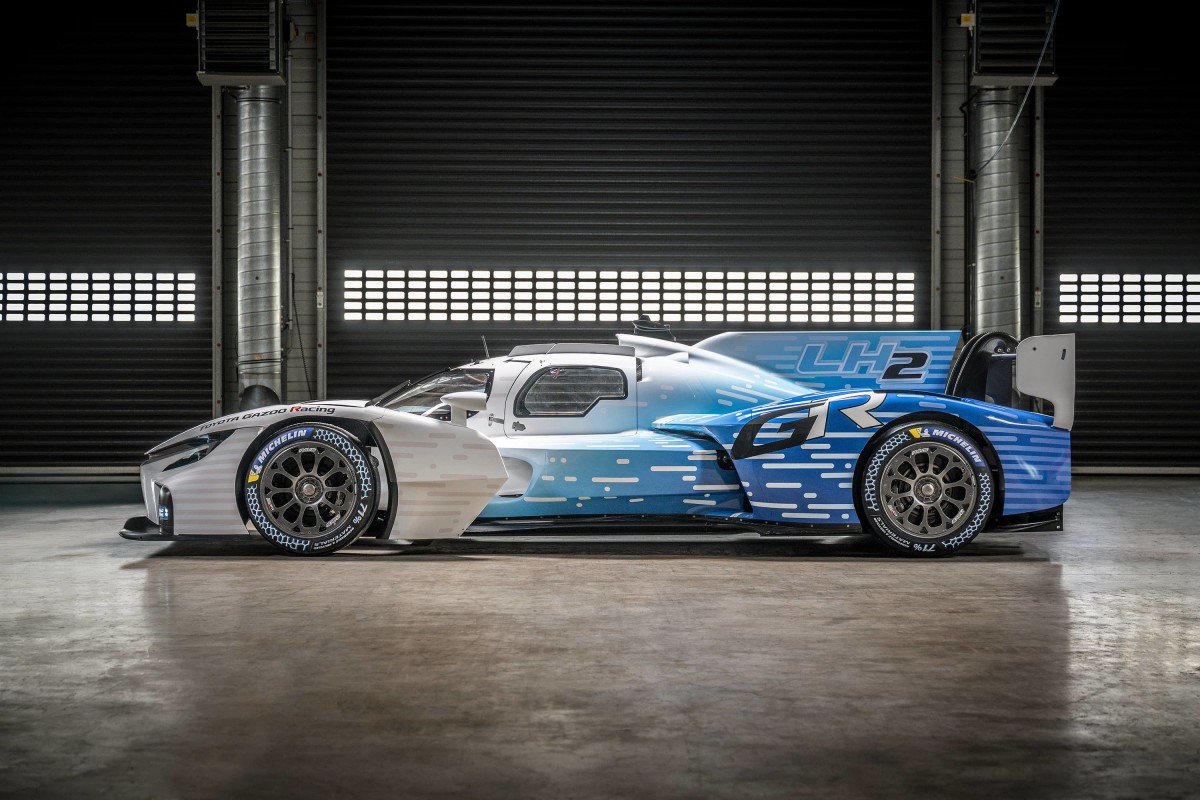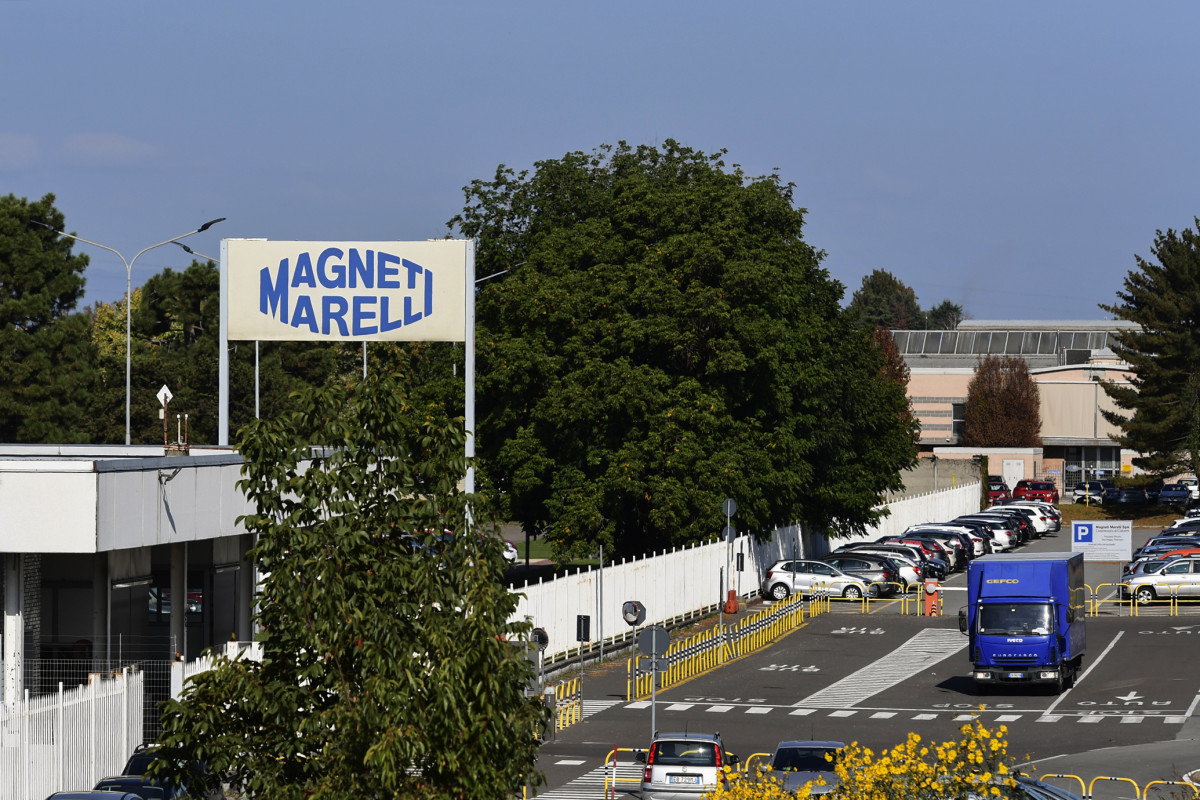Cars continue to be an expensive necessity
The United States is a land where its people rely on cars for their everyday transportation needs; however, purchasing a new or used vehicle can often feel like an extensive financial cross-examination rather than a straightforward and effortless transaction at dealerships and car lots. If you have been to your local dealerships, scrolled the options on car-buying websites, or curiously poked around at the newest cars on the websites of any automaker these days, you are probably more than aware that new cars today are very expensive.
According to the latest data from Kelley Blue Book and Cox Automotive, the average cost of a new car in the U.S. reached an astonishing $48,883 as of June 2, 2025; a high price tag that can discourage even the most enthusiastic car buyers. However, recent findings from Bank of America indicate that younger buyers are significantly influencing current trends in the auto market, although their motivations are not always driven by sound financial reasoning.
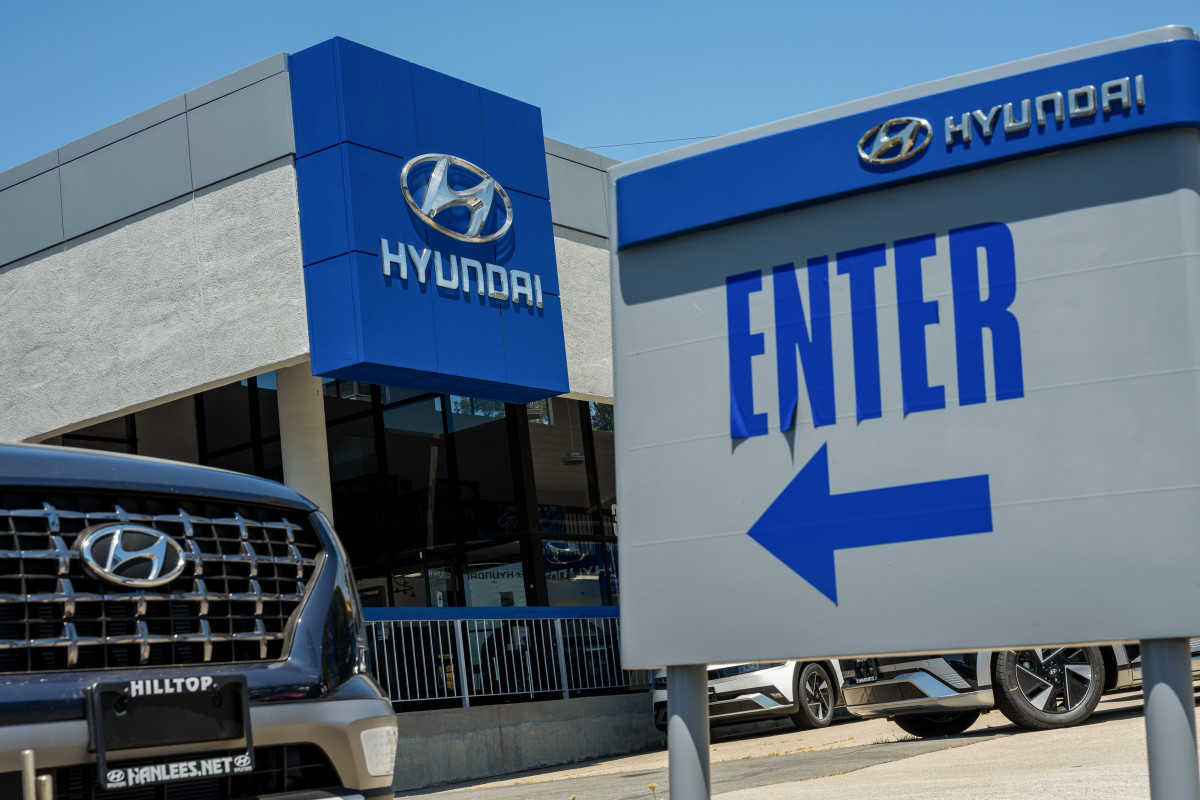
David Paul Morris/Bloomberg via Getty Images
Bank of America: Younger car buyers got the tariff shock
When the Trump administration announced a 25% tariff on imported cars and car parts in late March, BofA researchers and analysts saw that some concerned buyers rushed to purchase vehicles before the tariffs could translate into higher sticker prices. The bank saw a sharp spike in car loan applications in late March and April, with sales data peaking at a seasonally adjusted annualized rate (SAAR) of 17.8 million.
However, a deeper dive into its data reveals that Gen Z and younger Millennials were much more active in this pre-tariff buying spree than older demographics. From March to May 2025, Bank of America found that large payments (those over $2,000) to car dealers and finance companies were steadily rising among these younger age groups in comparison to older buyers.
What this shows is that younger consumers seemed more motivated to lock in prices before tariffs made vehicles even more expensive than they already were. Unlike Baby Boomers or Gen Xers, many Gen Z and Millennial buyers are either purchasing their first or second car, and they’re entering the market at an unaffordable time by all kinds of metrics.
Getty Images
The deck is already stacked against younger car buyers
According to Bank of America payments data, the median monthly car payment has jumped over 30% since 2019, outpacing the rise in new and used vehicle prices. This data point proves that a car can be a financial ballast for young people who have to balance monthly costs like rent, groceries, student loans, and other miscellaneous subscription-based services they may be in for.
Today, one in five U.S. households pays more than $1,000 a month ($12,000 per year) just for their car payments, which can be a massive financial burden for younger buyers. In fact, between June 2024 and May 2025, a significantly higher share of younger buyers saw their monthly car payments climb. Bank of America data shows that Gen Z and younger Millennial car buyers accounted for the biggest year-over-year increase in the percentage of households who paid more than $500 per month for their cars, with some paying $1,000 or more.
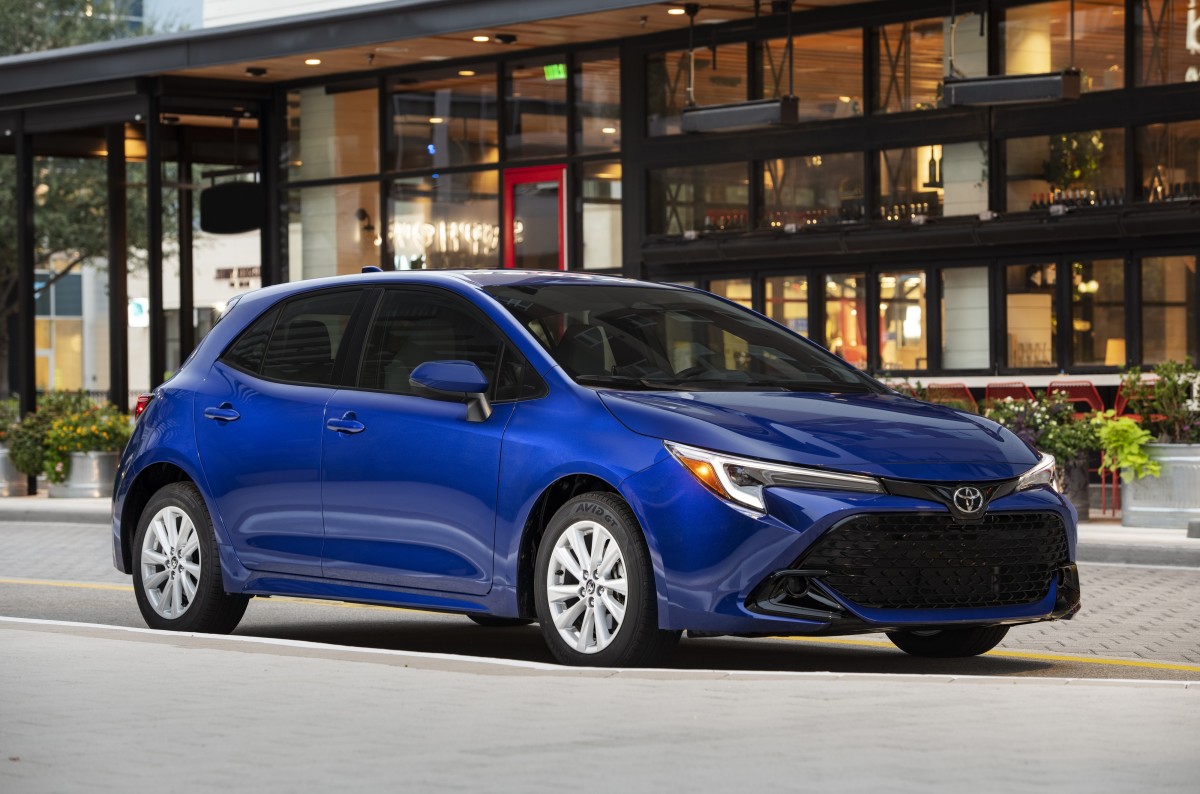
Toyota
However, the financial data isn’t entirely age-related; it’s also tied to income. Many younger buyers tend to earn less money and fall into the lower or middle-income brackets, meaning their margins and budgets are tighter than most. According to the report, lower-income buyers also showed increased activity in the pre-tariff rush, further underscoring how policy shifts like tariffs can hit the most vulnerable groups hardest. Nonetheless, young people are committed to car ownership because they need to get around, even if it means buying a car at a time when cars are more expensive than ever and loans are harder to get. According to data from The New York Federal Reserve, the likelihood of getting turned down for a car loan reached 33.5% in February 2025, the highest level on record.
The deck is already stacked against younger car buyers
According to Bank of America payments data, the median monthly car payment has jumped over 30% since 2019, outpacing the rise in new and used vehicle prices. This data point proves that a car can be a financial ballast for young people who have to balance monthly costs like rent, groceries, student loans, and other miscellaneous subscription-based services they may be in for.
Today, one in five U.S. households pays more than $1,000 a month ($12,000/year) just for their car notes, which can be a massive financial burden for younger buyers. In fact, between June 2024 and May 2025, a significantly higher share of younger buyers saw their monthly car payments climb. Bank of America data shows that Gen Z and younger Millennial car buyers accounted for the biggest year-over-year increase in the percentage of households who paid more than $500 per month for their cars, with some paying $1,000 or more.
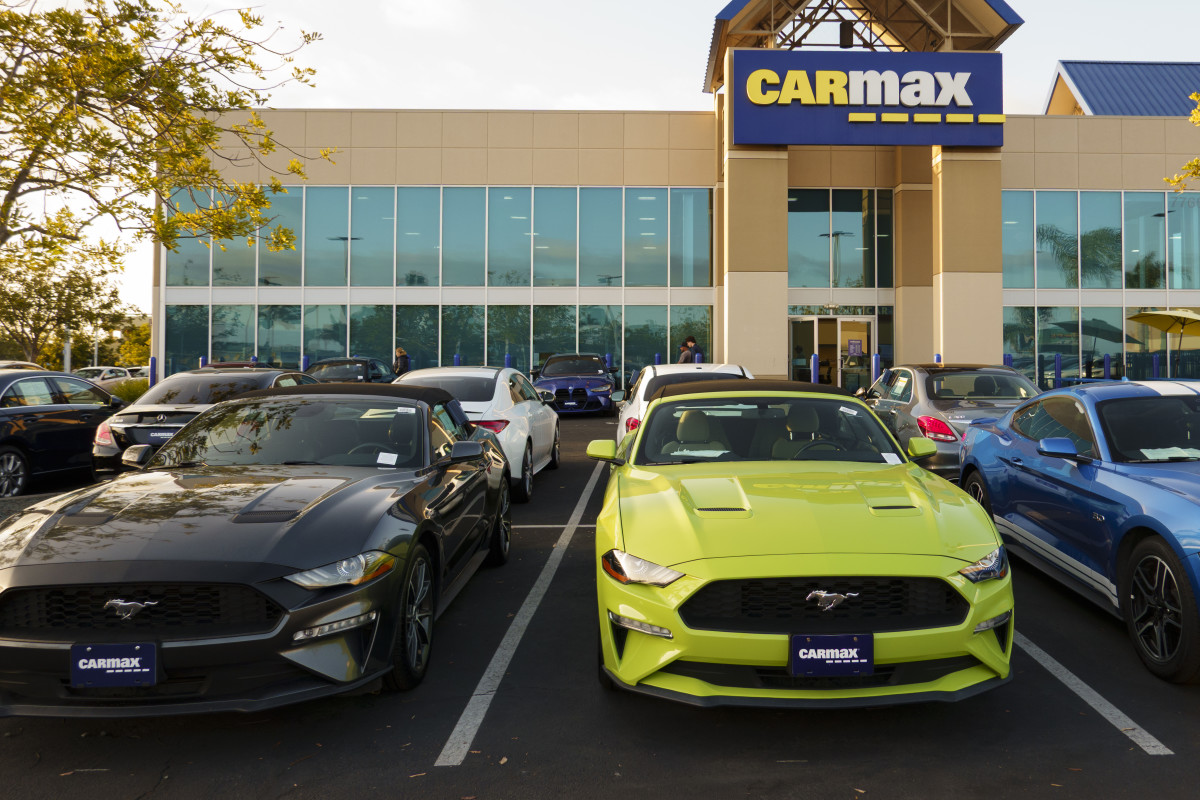
However, the financial data isn’t entirely age-related; it’s also tied to income. Many younger buyers tend to earn less money and fall into the lower or middle-income brackets, meaning their margins and budgets are tighter than most. According to the report, lower-income buyers also showed increased activity in the pre-tariff rush, further underscoring how policy shifts like tariffs can hit the most vulnerable groups hardest. Nonetheless, young people are committed to car ownership because they need to get around, even if it means buying a car at a time when cars are more expensive than ever and loans are harder to get. According to data from The New York Federal Reserve, the likelihood of getting turned down for an auto loan reached 33.5% in February 2025—the highest level on record.
Final thoughts
Although personal finance is a central fixation for some social media-addled Gen Z and younger Millennials, this data from one of America’s largest financial institutions shows that many in these age groups are in situations fit for a Caleb Hammer or Dave Ramsay clip floating around on their feeds.
What this research means for Gen Z and Millennials is that they are buying more, paying more, and doing it at a time when the deck feels increasingly stacked against them. However, as I have previously mentioned, this highlights just how important it is to approach car buying responsibly and plan financially. It’s truly important to take a step back, let the temptation simmer, and examine your financial situation and set a budget that you can actually comfortably afford. By being diligent, you can protect yourself from potential hurdles and make a decision that won’t wreck you or your credit.




